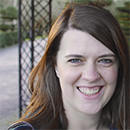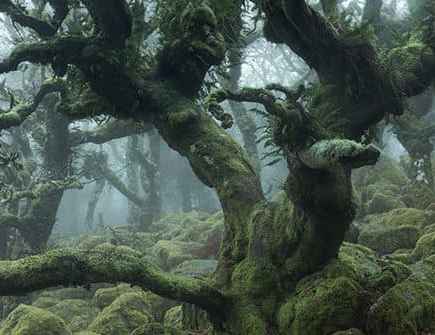For award-winning photographer Kacper Kowalski, it’s important to actually be up in the clouds himself. He reveals more about his unusual aerial landscape techniques to Amy Davies.
In an age where aerial photography has become more accessible than ever thanks to the commercialisation of drones, there are some who still prefer to put in the hard work of being up in the sky themselves. For someone like Kacper Kowalski it’s about so much more than the final image, and, as such, there is a real need to shoot his images directly from above, rather than safely on terra firma. It’s an approach that seems to work – in the 25 years he’s been doing this, he’s won countless awards, been exhibited numerous times and is putting together a book charting all of his success.
He’s fresh from taking home top prize in the Professional Landscape Photography category at the prestigious Sony World Photography Awards, where the project shown here – Event Horizon – clearly impressed the judges.
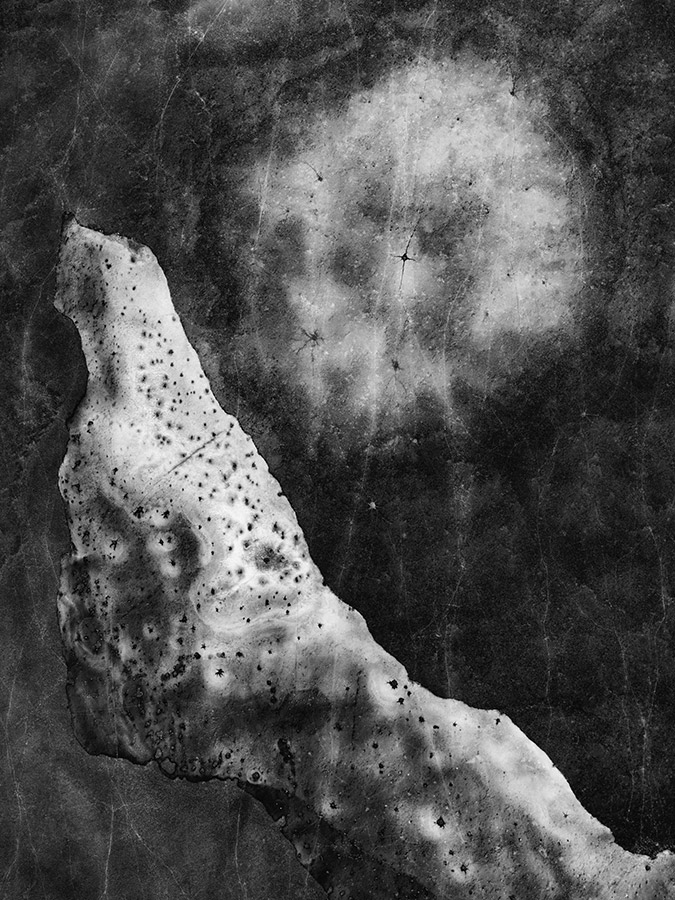
Event Horizon, #305. Poland, Mar 2021. Gyrocopter Ela Cuguar 07 Fujifilm GFX 100, GF110mm, 1/4000sec at f/3.6, ISO 1000. Image credit: Kacper Kowalski
Hooked
I too was struck by the unusual nature of these images. Working on a weekly photography magazine, it’s easy to become tired of the usual landscapes – as stunning as they generally are – but these, shot from an aerial perspective and in monochrome, are striking in a completely different way, and for all the right reasons. Upon discovery that they were shot in person from above, I was even more hooked and keen to find out more. Happily, Kacper was only too forthcoming with some answers.
The process sounds intense. He explains, ‘Before I take off, I go through a ritual. I unfold the wing, warm up the engine, check the apparatus and fuel level, springs, cables and a hundred things on the checklist. I put on my flight suit, helmet, gloves. I watch the clouds and birds as they fly past. I look at the smoke from chimneys to see the wind, but I also track how gusts of wind move branches with leaves and grasses in the meadows. I enjoy the sun on my face. I concentrate more and more. I choose the moment to take off. I pull my wings over my head, add gas and run as hard as I can, careful not to stumble and keep my course into the wind. At a certain point, I break away from the ground and I am flooded with joy.

Event Horizon, # 209. Poland, Feb 2021. Motorised Paraglider, Dudek Report’air. Fujifilm GFX 100, GF 110mm, 1/2000sec at f/5, ISO 500. Image credit: Kacper Kowalski
Turbulent air
‘Flying, I feel space with my whole body. All my senses are involved with perceiving it. I feel the touch of the wind on my face, smell the frost, see the shape of clouds casting shadows, and so on. This sounds rather static, but it isn’t. Clouds don’t just travel with the wind. Sucking in turbulent air from below, they swell or blur under the action of falling cold air masses. The light, the arrangement of observed forms and shapes changes.
‘The engine vibrates, the rotation of the propeller causes vibrations. Noise surrounds me. I do not cut myself off from these inconveniences, but allow them to pass through me. When the sound changes even for a moment, I notice it. It contains information that is important to me. The whole system is jittery, and in a sense, these are my vibrations as well. I am fused to the machine, and the paraglider wing and the ropes connecting me to it make me touch, almost lean against the air, just as a gliding bird touches the air with the feather of its aileron. Of course, this is an illusion, it just seems that way to me, I have learned to read these messages.’
Although each trip requires research into certain factors, such as the weather forecast, any airspace restrictions, how much fuel is likely to be required and so on, it’s interesting to note that one thing Kacper doesn’t look into ahead of time is the landscape itself. ‘It’s like discovering a new city. You can score with a guide by recreating somebody else’s route, or you can go by feeling, people, energy. That way the sensation of discovery is powerful – but, it can happen that I miss something of a “must-have”. Aware of that risk, I prefer to go on my own and do the research afterwards.’
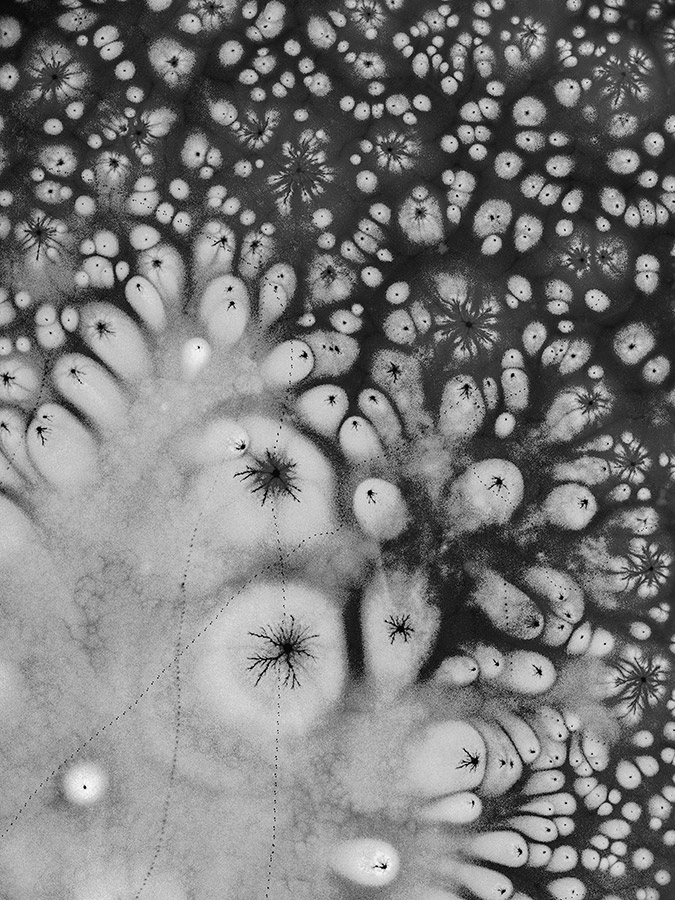
Event Horizon, #30. Poland, Jan 2021. Gyrocopter Ela Cuguar 07, Fujifilm GFX 100, GF110mm, 1/640sec at f/4, ISO 800. Image credit: Kacper Kowalski
It’s clear that for Kacper, his experiences are holistic, and about much more than just the photographs he produces. ‘Flight is not just a physical experience, but a real experience of the here and now. During it, something happens to consciousness. It is impossible from a distance of time, under safe conditions on the ground, to reconstruct the course of what happens up there. Perhaps this is what abstraction is all about. In the reality of the world around me, I perceive emanations of thoughts, feelings, concepts, impressions. Impressions which I cannot note down in writing.’ He continues, ‘100 years ago, Antoine de Saint-Exupéry said, “I fly because it releases my mind from the tyranny of petty things”. My paraphrase is, “I fly because it releases me from the tyranny of the mind.”’
Hungry for more
Going up in the air is not for the faint-hearted. Especially not in the freezing cold locales that Kacper favours. But it’s this level of discomfort which he believes spurs him on to create good work. ‘I have this feeling that civilisation deprives us of challenges and physical hardships, and this distances us from our predisposed genetic traits. The body knows what to do when it’s cold, when I’m hungry – to increase concentration and trance I fly fasting, feeling hungry to use my own body as a catalyst to the experience. I feel the wind on my face, the snow falls between my goggles and helmet. It’s cold. Then, through intensified body sensations, I am closer to instinct and archetypes, closer to the roots, nature, that state where concentration fits into our natural genetic predisposition.’
As for photographic technique, Kacper describes that part of the process as quite simple, especially with modern cameras which produce very good results at high ISOs. ‘The challenge is with shake if one wants to film, or use longer exposures. Then you need additional stabilisation. For this I use the Ken-Lab KS-08 analog gyro-stabiliser. Inside this, a heavy mass spins at a dizzying 30,000 revolutions per minute. This makes the equipment heavy. And I like that it’s heavy. With that comes a struggle with the physicality of the world, a challenge.’

Event Horizon, #24. Poland, Jan 2021 Gyrocopter Ela Cuguar 07, Fujifilm GFX100, GF110mm, 1/640sec at f/4, ISO 800. Image credit: Kacper Kowalski
Given everything that Kacper says about his feelings of being up in the air, it’s perhaps no surprise to learn that he doesn’t favour drone work – but he did give it a go when they first became popular. ‘I wanted to see if I would be able to achieve an effect without risking my life and health, and the constant struggle with the air, wind, tall grass or snow and so on. It turned out that this was not my way. Looking at the phone screen, my emotions were about whether the drone would fall on someone’s head and whether there would be enough battery to return. Most important though, I wasn’t being creative – just reproductive.
I found that I would refer to my own photos to take pictures; it was like I was blind with no reflexes. In my case it’s all about the experience. When taking off, since I rarely know what I’m going to see, I just fly and then come back to earth – like from a hunt.’
The Event Horizon project didn’t start life as a concrete idea. ‘It just happened,’ he says. ‘When starting a project, I don’t know what the result will be. I shot in black & white because I was curious about my ability to shoot monochromatically. What happens when I consciously give up colour. Suddenly, I began to see differently, and the photographs reflect this state. It’s wonderful that just thinking about the medium changes the vision – and in the end everything was reflected.’
Awards and competitions
Kacper has won several awards over his photographic career. Not surprisingly, he has a philosophical take on this process too. ‘An award is like a key. It can open a door to a meeting, a conversation, a contact. It is also a boost of energy. I know that my effort matters, so I can confidently continue further exploration. Competitions are an important tool for development: just prepping a submission is working on your own material. Reviewing previous submissions – not always winning ones – is very educational, because I can see my own development. Or regression.’

Event Horizon, #113. Poland, Feb 2021. Motorised paraglider, Dudek Report’air, Fujifilm GFX100, GF100mm, 1/1600s at f/5.6, ISO 500. Image credit: Kacper Kowalski
As for his most recent win at the Sony World Photography Awards, he’s just pleased that his work can still stand out in a market saturated by drone photography and more besides. ‘Today, AI is emerging and meaning you don’t even need to have a drone and take pictures to get an image. Nevertheless, the efforts of a dinosaur like me can still bring new insights. I hope that success in this competition is a stage in the journey, that they won’t stop there, and that my photos will find their way onto the walls of collectors, and perhaps spark the interest of curators and critics to work on more upcoming exhibitions.’
Right now, Kacper is working on two different but perhaps equally important things. ‘I’m trying to see whether I can reach such a state of presence on the ground that I want to reach for the camera and take a picture… I’m also working on a book about 27 years with my head in the clouds.’
I can’t help but wonder if Kacper has any advice for those thinking of giving something similar a go – albeit it being rare to come across others with such daring ambition. ‘Be careful before you fly a paraglider for the first time. The experience can change your whole life. It can be extremely addictive.’
You can see more of Kacper’s work at his website, kacperkowalski.pl

#206. Poland, Feb 2021. Motorised paraglider, Fujifilm GFX100, GF100mm, 1/1250s at f/5.6, ISO 400. Image credit: Kacper Kowalski
Kacper Kowalski at Photo London
Atlas Gallery will be showing Event Horizon prints during Photo London in mid-May. The Event Horizon project was also published as a book by 1605 Collective. Book signing will be taking place 14th May at Photo London at Atlas Gallery stand.
Photo London 2023 will be open to the public 11 May to 14 May at Somerset House in London.
Kacper Kowalski: Above Exhibition
- April 25th – June 24th 2023.
- Garvey|Simon Art Gallery, 538 San Anselmo Avenue, California 94960.
- Open, 12 – 5pm. Tuesday – Saturday.
Best photography exhibitions to see in 2023
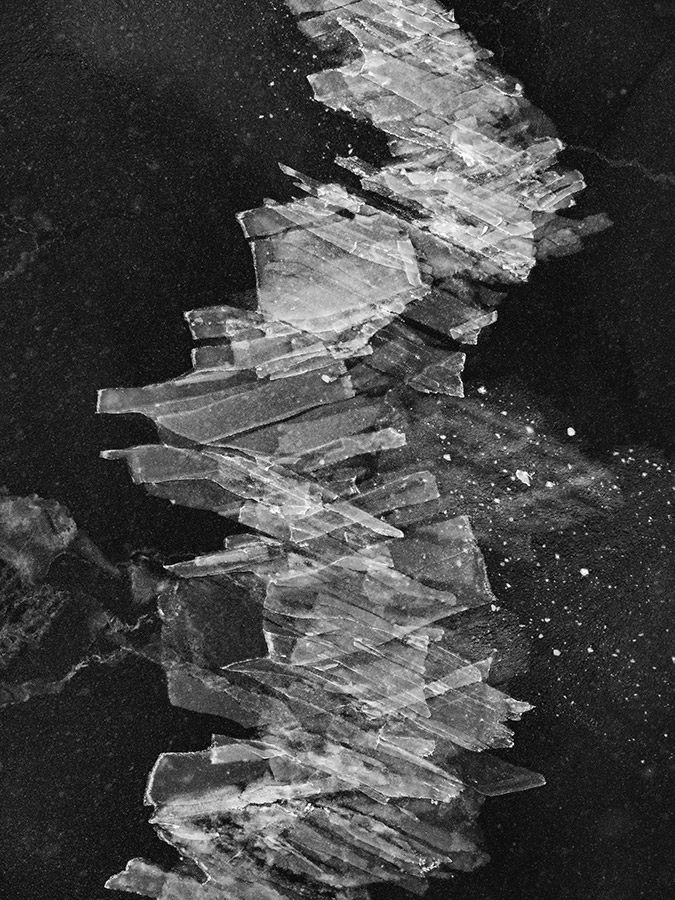
Event Horizon, # 132. Poland, Feb 2021 Motorised paraglider, Dudek Report’air, Fujifilm GFX100, GF100mm, 1/1600s at f/5, ISO 500. Image credit: Kacper Kowalski
Further reading:
- The best landscape photography books for inspiration
- The top 24 best landscape photographs
- Guide to fine art landscape photography
- Intimate Landscape photography
- Complete guide to outdoor light in photography
- Transform landscapes with square format
- Drone photography tips for beginners
Join us on one of our upcoming Landscape Photography Holidays!


